Overview
Map
Other Details
كرسيّ سيّدة الخلاص
Beit Ed-Dine
Chouf
Mount Lebanon
كرسيّ سيّدة الخلاص - بيت الدّينبنى الأمير بشير الثاني قصرًا عائليًّا خاصًّا سنة ١٨٢٨ على رابيةٍ فوق بيت الدّين. سنة ١٨٦١ أهدى الإمبراطور نابوليون الثالث رتاجًا كبيرًا لمدخل القصر. سنة ١٨٦٣ إشترى المطران بطرس البستاني القصر من الأميرة حسن جهان وحوّله إلى كرسيّ أسقفيّ لأبرشيّة صيدا، على اسم مار شليطا الذي له كنيسة صغيرة داخل المبنى. سنة ١٩٢٧ بنى المطران أغوسطينوس البستاني كنيسة سيّدة الخلاص بنمط عصر النهضة بما تضمّ من زجاجيّات ومذابح ولوحات. تعرّض البناء للضرر خلال الحرب العالميّة الثانية وحرب الجبل. رمّم وشهد مصالحة الجبل سنة ٢٠٠٠ مع البطريرك نصرالله صفير الذي أخذ من الكرسيّ مقرًّا له.The episcopal seat of our Lady of Deliverance - Beit el DinIn 1828 Prince Bachir II Chehab built a private palace on the outskirts of Beit el Din. Empror Napoleon III gave the palace a grand entry gate. In 1863 princess Hesn Jihan sold the palace to Archbishop Boutros el Boustany who made it the episcopal seat of the eparchy of Sidon, dedicated to St Chalita (Artemius) who had a small chapel inside the building. In 1927 Archbishop Augustin el Boustany built the church of Our Lady of Deliverance in a renaissance style. The building was damaged in World War II and the Lebanese civil war. The structure was restored and saw the pact of reconciliation in the year 2000 with Patriarch Nasrallah Sfeir.
Visited 4991 times, 4 Visits today



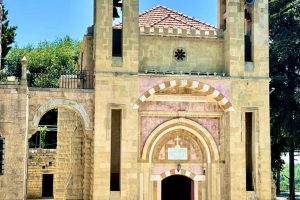
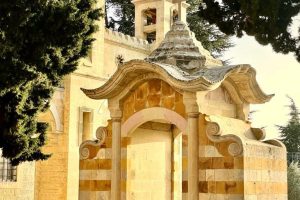
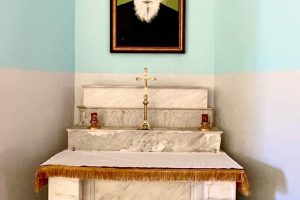

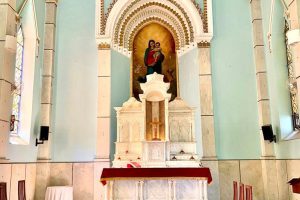
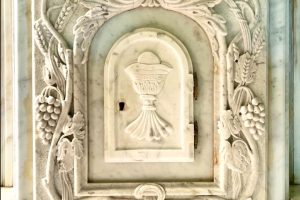

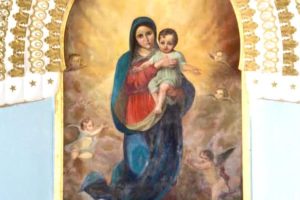
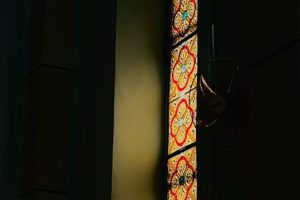
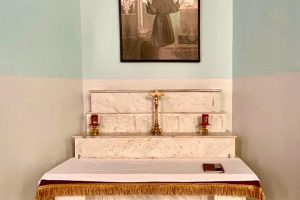
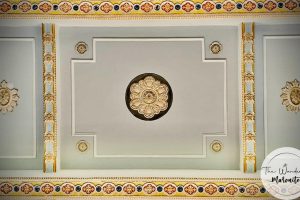













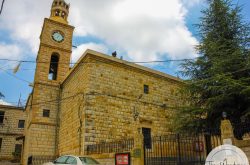
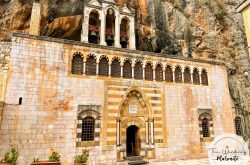

Reviews are disabled, but trackbacks and pingbacks are open.